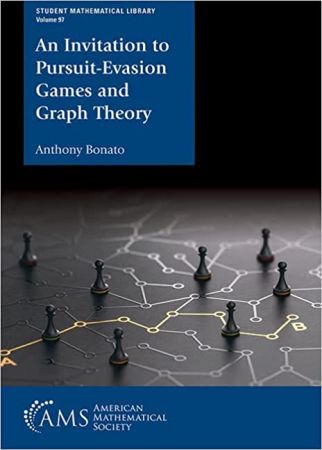
English | 2022 | ISBN: 1470467631, 978-1470467630 | 278 pages | True PDF | 6.36 MB
Graphs measure interactions between objects such as friendship links on Twitter, transactions between Bitcoin users, and the flow of energy in a food chain. While graphs statically represent interacting systems, they may also be used to model dynamic interactions. For example, imagine an invisible evader loose on a graph, leaving only behind breadcrumb clues to their whereabouts. You set out with pursuers of your own, seeking out the evader's location. Would you be able to detect their location? If so, then how many resources are needed for detection, and how fast can that happen? These basic-seeming questions point towards the broad conceptual framework of pursuit-evasion games played on graphs. Central to pursuit-evasion games on graphs is the idea of optimizing certain parameters, whether they are the cop number, burning number, or localization number, for example. This book would be excellent for a second course in graph theory at the undergraduate or graduate level. It surveys different areas in graph searching and highlights many fascinating topics intersecting classical graph theory, geometry, and combinatorial designs. Each chapter ends with approximately twenty exercises and five larger scale projects.



